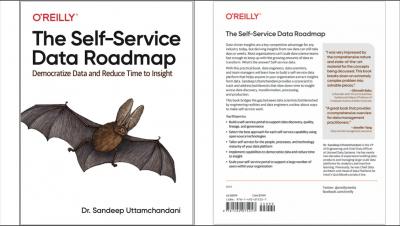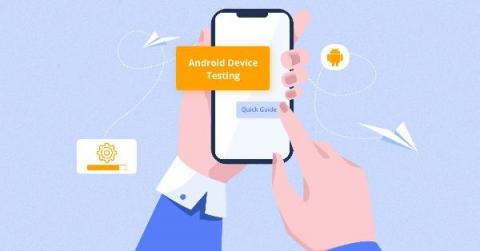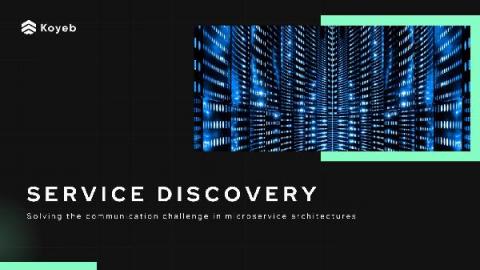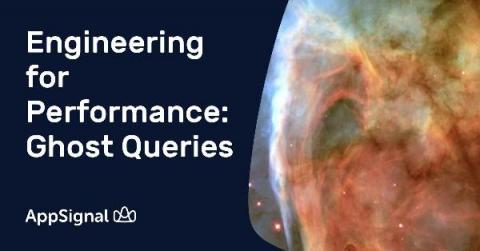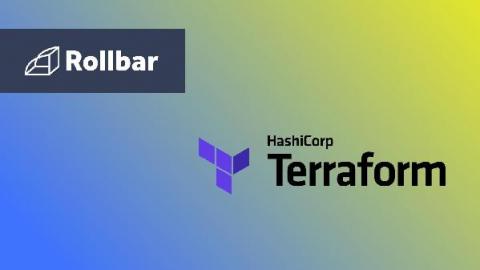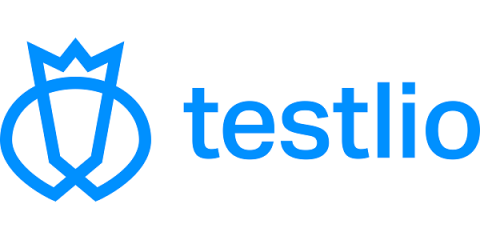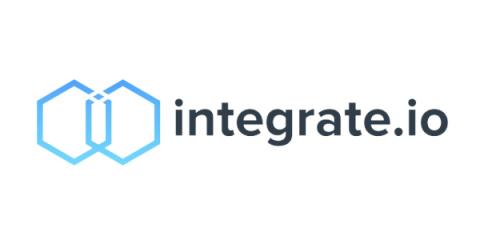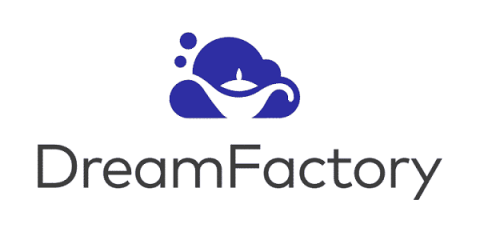Systems | Development | Analytics | API | Testing
%term
Android Device Testing: A No-hassle Guide For Testers
We don’t even need a moment to gather which operating system is the most used one. Android development is a booming business because of the number of users it has. It is open source and its development can be ported across devices with relative ease. Plus, it has good backwards compatibility across versions. And, precisely due to this diversity, the need for testing on many devices is paramount.
Why agile teams never stop learning
Have you heard of the misconception that agile is about velocity: i.e. delivering more, at a faster rate? Although this statement is true, it is ultimately meaningless if you don’t deliver value and the customer is not satisfied.
Service Discovery: Solving the Communication Challenge in Microservice Architectures
Whether you're breaking up a monolith or building a green-field application, you may consider using a microservice architecture. Like all app architectures, this model brings opportunities and challenges that a developer must be aware of in order to make the most of this app design. One such challenge is ensuring communication between your microservices.
Engineering for Performance: Ghost Queries
In today’s post, we’ll dive into how we, at AppSignal, solved a daunting engineering challenge. Giving you a look into the kitchen, this post will show you how we tested a new database in production without having to worry about errors/downtime. Alright, let’s get cooking!
Announcing the Rollbar Terraform Provider For Managing Rollbar Automatically
It can be really exciting when your development team is growing fast! But then you soon realize that managing all the developer tools to constantly create new projects or add users is becoming a full-time job. Well, not anymore. At least, not for Rollbar. We’re releasing our HashiCorp Terraform Verified Provider for Rollbar today, built in partnership with HashiCorp.
7 B2B web application testing challenges and solutions
Testing web applications comes with many challenges like covering the entire platform, testing with real devices, and protecting data security. B2B customers have high expectations for the web apps they use. They rely on them for their day-to-day jobs or small business functions. The failure of a consumer app can be frustrating.
Integrate Amazon RDS With Other Data Sources
How do you integrate data from Amazon RDS (Relational Database Service) with data from other sources such as S3, Redshift, or even MongoDB? The answer is Xplenty. Our data integration on the cloud lets you join data from various sources and then process it to gain new insights. What about storing the results back to RDS? No problem; Xplenty does that as well.
Decentralized Data Teams Helped With Low Code
When a company is small, having a fully centralized data team may not be an issue. As you grow, however, problems can start to arise. You have one structure that’s supporting all of your business units, and they may not be able to dedicate sufficient time and resources to individual business units. This can lead to delays in surfacing important insights and decisions made on old or inaccurate data.


